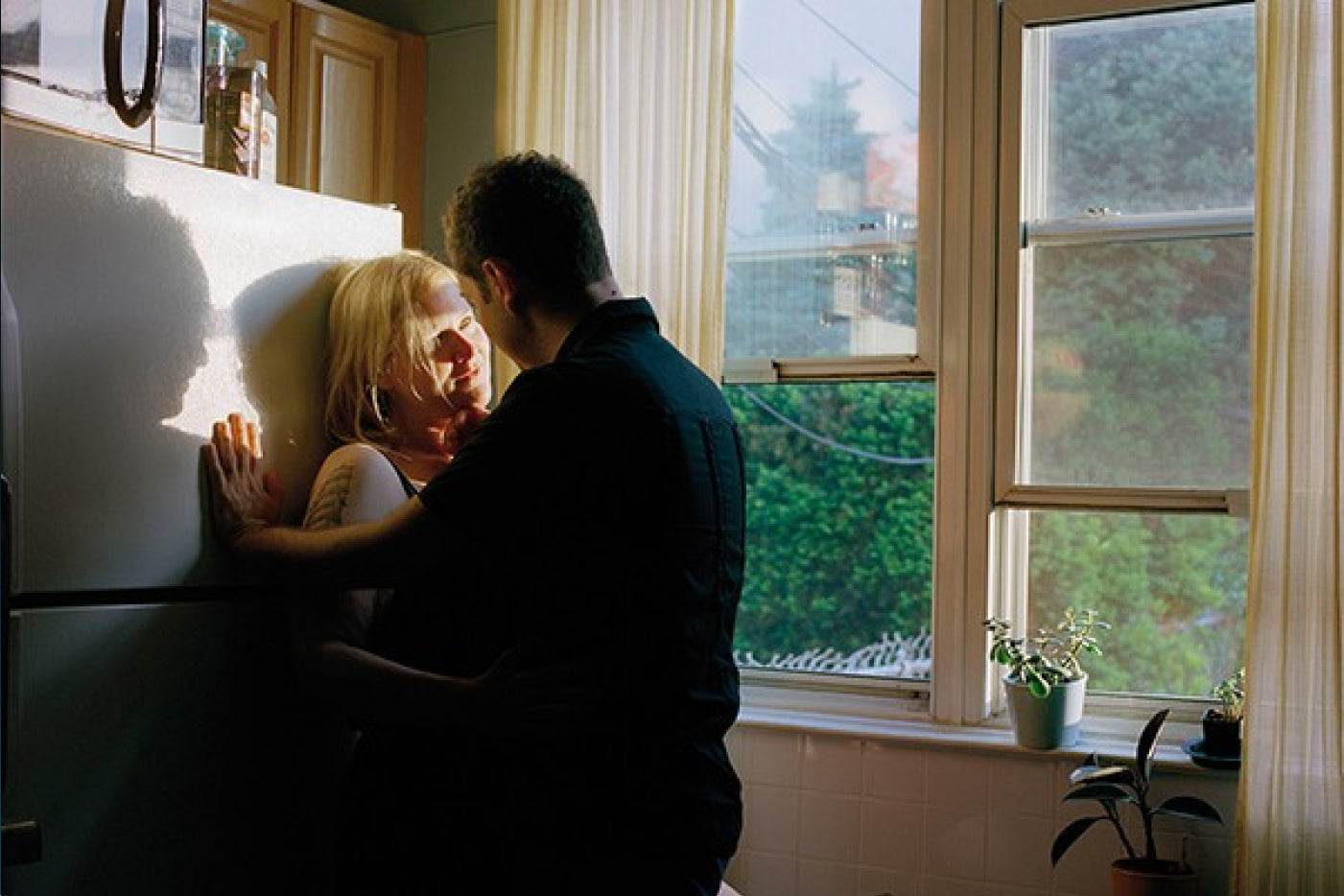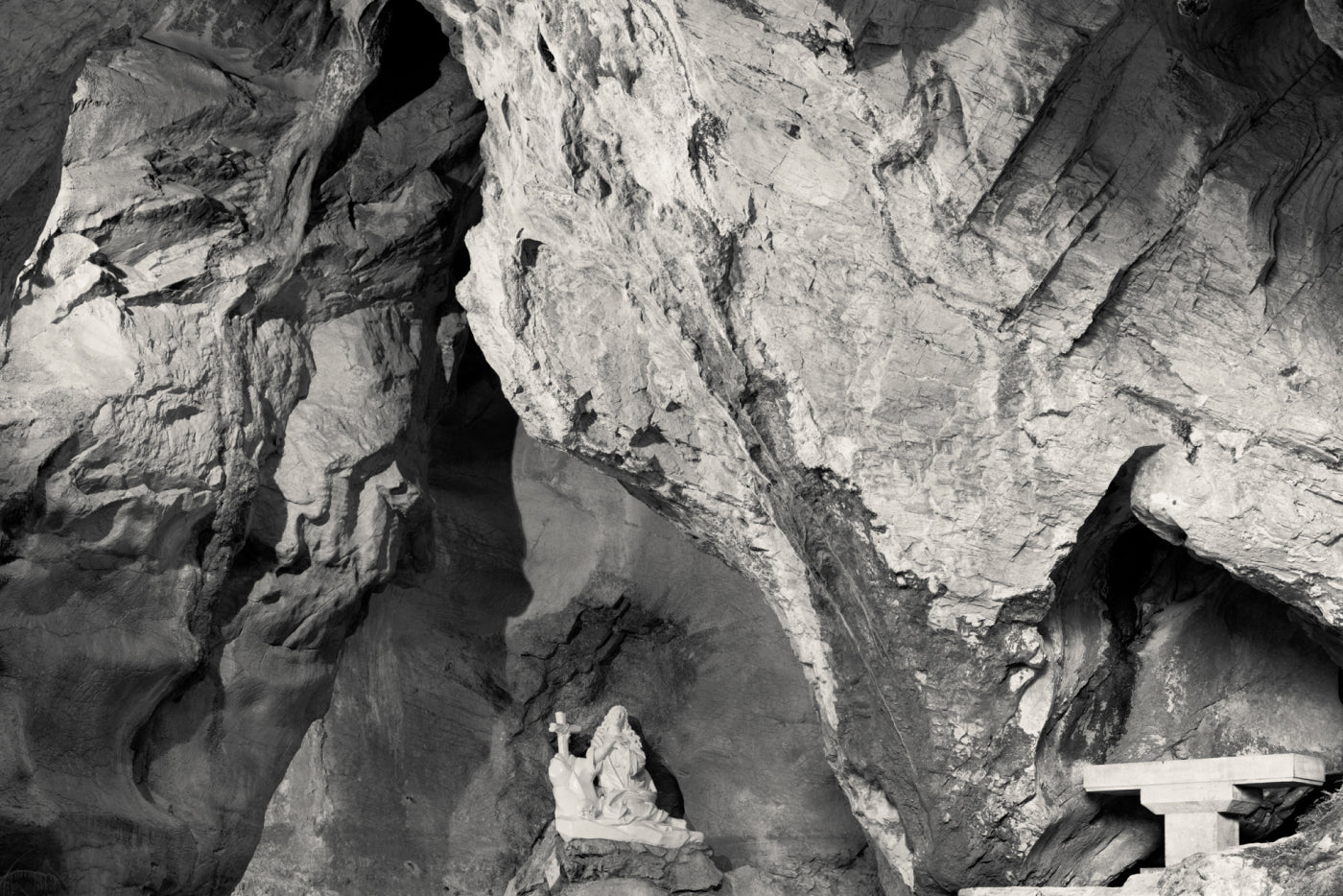Jen Davis is a Brooklyn based photographer. For the past 9 years, she has been producing a series of Self-Portraits dealing with issues of beauty, identity, and body image. She has also been exploring men as a subject and is interested in investigating the idea of relationships, both physical and psychological, with her camera.
It is not unusual for artists, including photographers, to turn to self-portraits occasionally. Photographers such as Cindy Sherman have built their career on the practice. When Jen Davis started her photographic series Self-Portraits ten years ago, the images struck a public nerve. The photographs were immediately memorable for their sophisticated style as well as for their distinct subject matter, as Davis bared her struggles with the emotional and physical impact of her weight. Her unusual honesty and vulnerability combined with her understanding for careful composition and delicate lighting invited the viewer into her life beyond normal boundaries of privacy.
One of the most iconic images of her early work is the frequently published photograph Pressure Point, which depicts Davis at the beach looking a little lost in a sea of slimmer bodies. As is common in her images, this photograph communicates a real emotion connected to a place or an action, making it easy to sympathize with her situation. From image to image we see Davis in different scenarios engaging in a world that sets her apart from others.

The title of the series makes it clear that Davis is photographing herself, but the viewer has to discern for themselves the authenticity of the images. These are not documentary images photographed at the actual time a situation originally occurred, but each photograph borrows heavily from real moments and showcases very real feelings. Her earlier images are closer to real moments in their depiction of the awkwardness, shyness, or frustration of a woman with a plus-sized body. They show situations that especially women can easily relate to as universal struggles with body image. Her identity struggles are not so different from many young women who find themselves judged by a male gaze as their bodies blossom into maturity. Yet rather than push back against this gaze, Davis turns to quiet self-examination.
The fact that these images are self-portraits alters the way they should be understood. Davis is not being watched and judged by these images, and instead is shaping each scenario both as the author and the subject. While she has little control on how society sees her in daily life, she has unlimited control of how she decides to photograph and present herself. It is her active choice to use a frank and self-inquisitive style in photography to examine concepts of beauty, desire, and body image. “Photography is the medium that I use to tell my story through life,” Davis writes in her artist statement. It is “an outlet for revealing my thoughts and opinions about the society in which we live. A society that dictates beauty based on one’s physical appearance.”
The level of creative freedom that Davis allows herself has gradually expanded over the years. She began the series trying out familiar scenarios in front of the camera until she could better understand her feelings about them. Since then, self-examination has shifted to self-assertion and finally to self-expression. She is no longer that young student searching to find her place and define her identity, but a woman who claims her right to be included in our understanding of beauty.
In a pivotal moment in 2004, she started manufacturing scenarios for the camera based on situations she could potentially find herself in. This lead to the photograph Fantasy No. 1, and later to other constructed realities, such as Steve and I. From there she has started to work desire and sensuality into more images, leading also to the separate photographic series Webcam and I Ask in Exchange.

Davis still uses the camera as a tool to help her understand the world around her. A decade into this project, she finds that her body is changing. As in the past, she continues to photograph through every new circumstance and allows the camera to make sense of it all.



